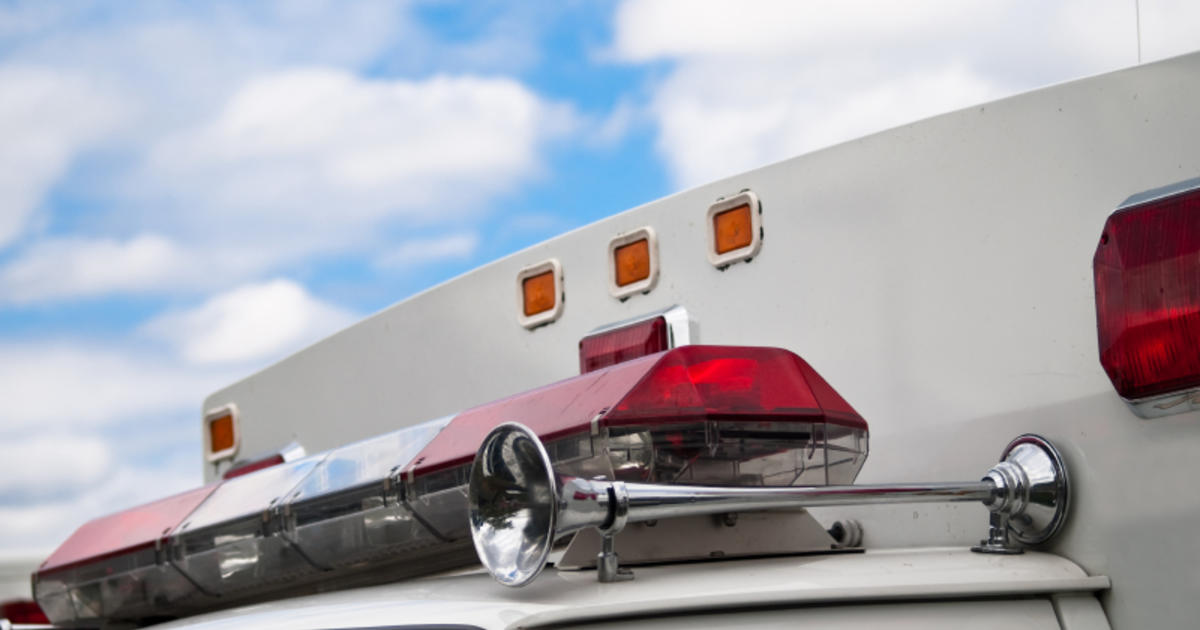CBS 11 Investigates: How Dirty Is Your Plane?
FORT WORTH (CBS 11 NEWS) - Serratia Plymuthica. Brevundimonas diminuth. Enterobacter asburiae. Klebsiella.
Do you know what these are? Well, you may have been sitting next to them on your last airplane flight?
These big words are the names of germs. CBS 11 found these bacteria breeding on planes after we randomly swabbed 10-surfaces on two planes.
"We found roughly 3000 bacteria on this plate," said Microbiologist Karen Deiss of Armstrong Forensic Laboratory in Arlington. "The door was kind of filthy."
And then there was the seat tray. "That's klebsiella." Klebsiella is a stringy mucus-like bacteria we swabbed off a tray table. Looking down at the petri dish with a small, wet, mold looking white blob, Deiss said, "It's really gross looking on the plate."
But our researchers agreed, the most disgusting find came from inside the seat pocket.
Enterobacter asburiae. "Actually all of the bacteria we generated from this plate were associated with the human gut." Deiss did say the "human gut!"
"A lot of these bacteria that live in our gut ended up pretty concentrated on the backseat of the chair," explained Deiss.
Dr. Charles Gerba, the University of Arizona microbiology professor known as "Dr. Germ," is constantly warning travelers to use hand sanitizer and avoid the bathrooms on planes. In the last six years, he's collected more than 100-samples and found viruses such as influenza, MRSA, and diarrhea. And he's found them swiping all the same places we swiped.
Dr. Gerba tells CBS 11 our findings prove airplanes are not cleaned enough. He says bacteria likely lurked in the same place we found bacteria.
"It's an indicator of how clean the planes are," says Dr. Gerba. "There is no policy for cleaning or disinfecting. There are no recommendations by the health department."
Dr. Cedric Spak, Infectious Disease Specialist at Baylor University Medical Center of Dallas, says don't panic even though it does all sound "sick."
"Some of the bacteria that I've looked at here are consistent with what we found in urine or stool in normal people," explained Dr. Spak as he reviewed the lab reports we showed him.
Dr. Spak also told us how something that you might normally find in a place like the toilet could possibly end up in an airplane seat pocket.
"It is all the same type of bacteria that lives down under the belly button. I don't want someone to think I've got feces all over my front side, but that bacteria is there and that bacteria is found in some of these reports which means someone was scratching their belly button and then scratching their tray table."
It may sound awful, but Dr. Spak says it's all actually pretty normal.
"We are in a dirty world. We are supposed to be."
Dr. Spak says viruses can transmit from solid surfaces, but they will not live long on places like magazines or tray tables.
Also Check Out:



